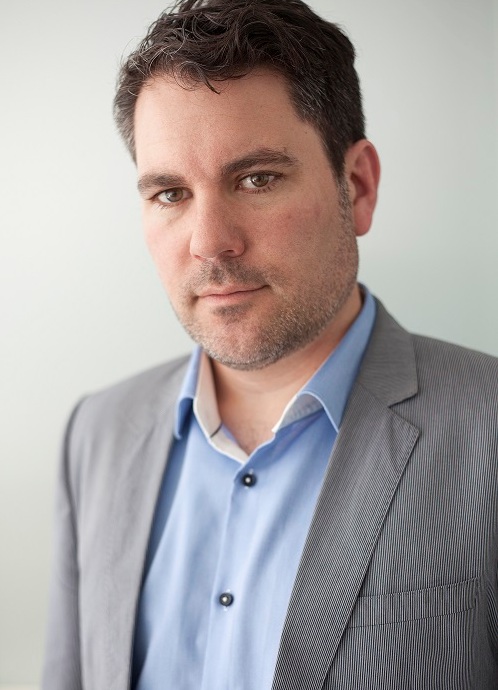It is not really surprising that the majority of organizations in Europe communicate across borders today. 73 per cent of the communication managers believe that the importance of this discipline will continue to rise within the next three years. But only 47 per cent feel sufficiently prepared for the challenge, as the European Communication Monitor 2013 states. 2,710 PR managers in 43 countries had participated in the industry’s largest survey worldwide.
Complexity is the challenge: 43 per cent of the respondents said they were handling communication in more than five countries. 34 per cent were involved in up to 20 and 23 per cent in more than 20 markets. While cooperation with local agencies is mostly not an issue, more than half of the PR managers have difficulties in establishing suitable in-house structures, planning and evaluation processes – especially outside Europe.
“International PR needs more management and more competencies”, says Oliver Hahr from oha communication. “Roles, processes and responsibilities have to be defined and goals require key indicators. In addition, comprehensive services provided by the headquarters can qualitatively support local PR work. Most importantly, however, PR managers have to ensure internally, that executive managers and sales value strategically led communication.”
„It seems critical that multinational PR managers apparently do not analyze their markets sufficiently”, says the consultant specialized in mid-sized companies. “More than two thirds of the respondents said they have a lack in understanding how the stakeholders and media systems in the target markets tick. The basis for considering locally relevant aspects of society, politics and culture in an overarching strategy is therefore missing out.”
The communication expert advises to examine the target markets within the framework of the situation analysis that should always precede strategy development. Basic information can be found in the CIA World Factbook or the BBC country profiles. By using Geert Hofstede’s country profiles, cultural aspects can be approached. International databases, such as Vocus, Cision or DWpub support in media relations.
“These tools can help to close knowledge gaps. They strengthen the competencies of the headquarters’ and local PR managers”, Oliver Hahr says. “Complemented by internal information on target groups, market position and corporate positioning as well as the potential communication occasions, topics and players, the picture becomes clearer. On this basis, tailor-made structures, processes and strategies can be developed. These can be optimized through standardization towards efficiency and via differentiation towards effectiveness. “




